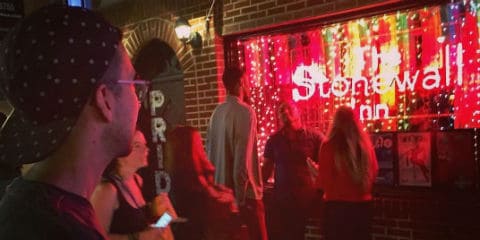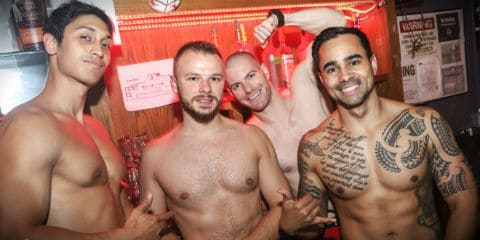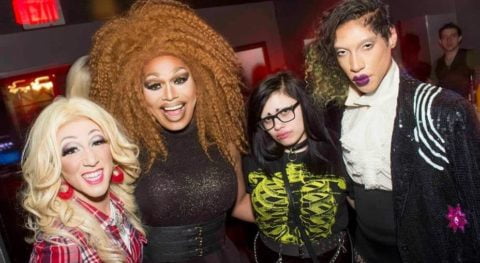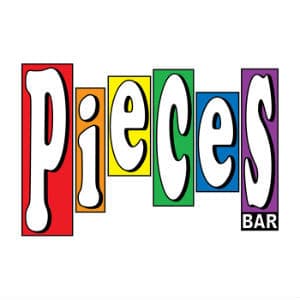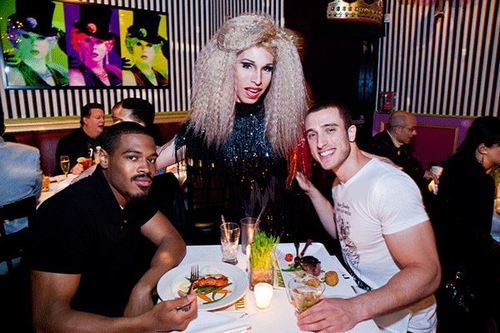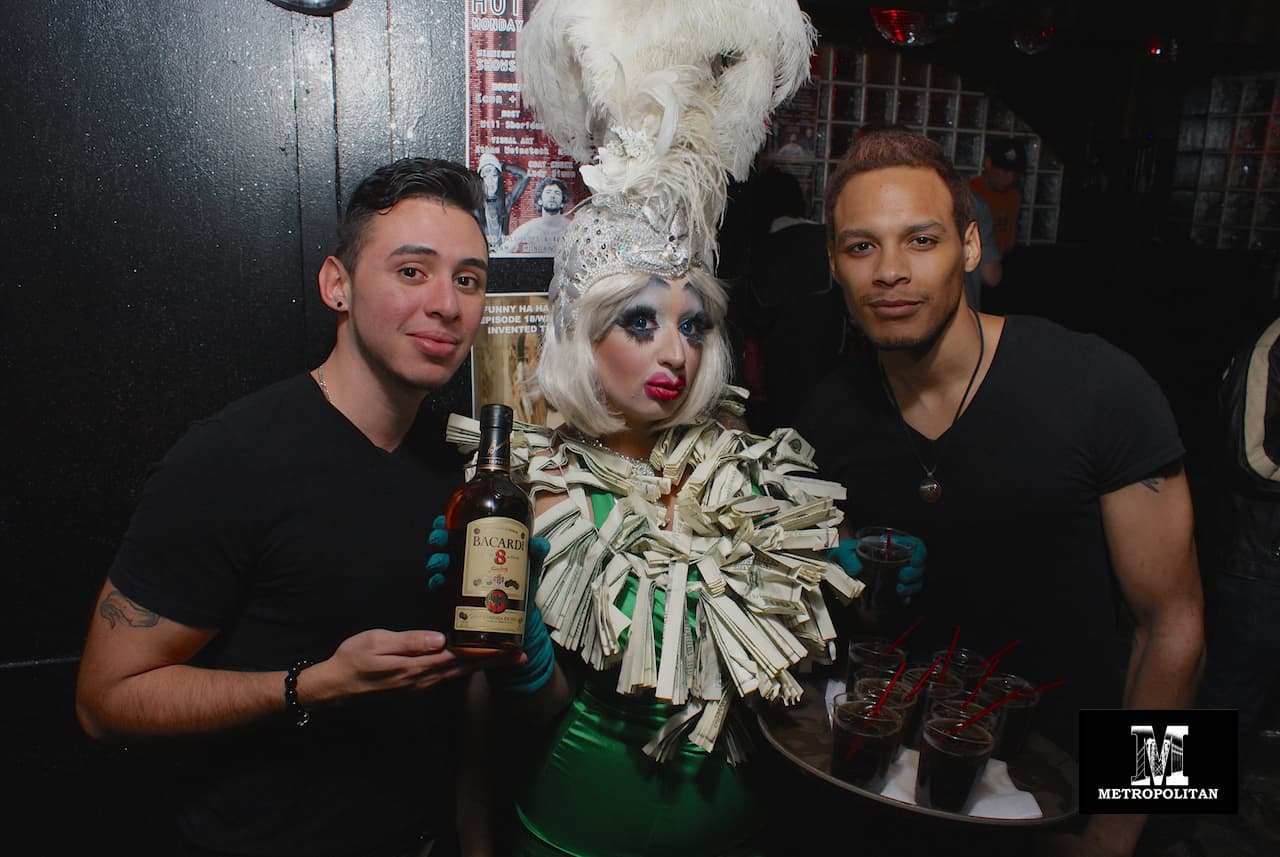
A Gay Guide to the Met Gala
The celebrities gather at the court of Anna Wintour
The Met Gala is fashion's most exclusive and extravagant evening – a convergence of celebrity, couture, and attention-seeking that has evolved from an industry fundraiser to a global media spectacle.
Anna Wintour is the Mistress of Ceremonies, and she uses the Met Gala to convey her image of the world, just as she does with a Vogue cover. Her vision encapsulated beauty, power, money, fame, and a distinctive brand of liberal elite politics. She presents powerful celebrities in ridiculous outfits and signals that they’re natural leaders of the known world. We, the plebs, can admire them from afar as we scroll through our Instagram feeds. Lady Gaga, draped in a pink gown with a 25-foot train, benevolently blows kisses to us through the camera.
For the LGBTQ+ community, this event holds special significance, having long celebrated the creative voices (many of whom are gay) that shape fashion while providing a platform for gender-defying expression. In economic terms, it’s far less inclusive but that’s all part of the event’s perverse appeal.
Aesthetically, the Met Gala calls to mind the world of the Hunger Games and that’s probably not a coincidence.
Origins: From Society Fundraiser to Fashion Institution
The Metropolitan Museum of Art's Costume Institute Benefit, now universally known as the Met Gala, began in 1948 as a midnight supper fundraiser initiated by fashion publicist Eleanor Lambert. The inaugural event charged guests just $50 (approximately $550 today) to attend a midnight dinner in December, aiming to raise money for the newly established Costume Institute at the Metropolitan Museum of Art. Taking a time machine back to 1948 is the most plausible way you’ll get to attend this storied event.
In its early incarnations, the gala was one of many society events on New York's calendar – important within fashion circles but hardly the cultural phenomenon it would become. The event's transformation began when Diana Vreeland, legendary former Vogue editor, joined the Costume Institute as a consultant in 1972. Vreeland brought her theatrical sensibilities and industry connections, transforming the benefit into a more glamorous affair that began attracting celebrities alongside fashion insiders and socialites.
These early galas established important precedents: they would coincide with the opening of major costume exhibitions, they would attract the industry's power players, and they would increasingly serve as a stage for fashion as art rather than merely as attire.
The Anna (Nuclear) Wintour Era
Everything changed in 1995 when Anna Wintour, Editor-in-Chief of American Vogue, took the reins as chairperson of the event. Under Wintour's stewardship, the Met Gala transformed from an important industry function to a global media spectacle and the most coveted invitation in the world. It’s easier to get an invite to a royal coronation or a presidential inauguration.
Wintour's vision for the gala involved strategic changes:
- She moved the event from December to the first Monday in May, creating a fixed date on the global fashion calendar
- She dramatically increased ticket prices (now starting at $35,000 per person) while simultaneously making the guest list more selective
- She began curating the attendee list with the precision of a general moving divisions across the map, mixing fashion figures with celebrities, artists, politicians, and athletes
- She established the practice of having co-chairs to help host the event, often selecting culturally relevant figures who might draw different audiences
The results were unprecedented. The Met Gala now raises over $15 million in a single night for the Costume Institute, while the red carpet arrivals have become one of fashion's most-watched moments, generating billions of impressions across traditional and social media.
The LGBTQ+ Impact on the Met Gala
The Met Gala's history is inextricably linked with LGBTQ+ creative voices. From the involvement of gay designers who have defined American fashion (Halston, Marc Jacobs, Tom Ford, Thom Browne) to the gay men who have shaped the Costume Institute itself (including the legendary curator Harold Koda), the event has long been influenced by queer perspectives.
Some of the most significant exhibitions and corresponding galas have celebrated designers with profound connections to the LGBTQ+ community. The 2019 "Camp: Notes on Fashion" exhibition, inspired by Susan Sontag's essay on camp aesthetics, explicitly acknowledged the gay origins of camp sensibility.
Billy Porter's sun god entrance carried in by six shirtless men, Lady Gaga’s all-pink ensemble, and Lena Waithe's "Black Drag Queens Invented Camp" jacket created legendary red carpet moments. The evening became a celebration of the aesthetics that have long been coded expressions within LGBTQ+ communities.
Earlier, the "Alexander McQueen: Savage Beauty" exhibition in 2011 honored the work of the late designer, becoming the Costume Institute's most-visited show at that time with over 650,000 attendees. The corresponding gala highlighted McQueen's revolutionary vision: he truly combined art and commerce in his designs.
The Exhibition Evolution: From Retrospectives to Conceptual Themes
The thematic exhibitions that accompany the Met Gala have evolved dramatically over time, moving from designer retrospectives to increasingly conceptual explorations that challenge attendees to interpret abstract themes through fashion.
Early Vreeland-era exhibitions focused on geographical inspirations like "The Glory of Russian Costume" or "The Manchu Dragon." As the event gained prominence, designer retrospectives became common, celebrating figures like Yves Saint Laurent, Christian Dior, and Gianni Versace.
Under the leadership of Andrew Bolton, who became the Costume Institute's curator in 2015, the exhibitions have taken on more theoretical frameworks, including:
"China: Through the Looking Glass" (2015), exploring Western fashion's appropriation and interpretation of Chinese aesthetics. The event also, if we’re being honest, positioned itself as a propaganda exercise to appeal to the vast Chinese market. Let’s not forget: this event is about power first and foremost.
"Heavenly Bodies: Fashion and the Catholic Imagination" (2018), examining Catholicism's influence on fashion design. That year, the Vatican’s historical nemesis Madonna performed: she’s been excommunicated more times than Martin Luther.
"In America: A Lexicon of Fashion" (2021), attempting to define a distinctly American fashion vocabulary
"Karl Lagerfeld: A Line of Beauty" (2023), celebrating the prolific designer's career across multiple fashion houses
The Red Carpet Evolution: From Formal Attire to Performance Art
The Met Gala red carpet has transformed from a traditional arrival line to what is effectively performance art, cultural commentary, and a social media buzz generator. This evolution has provided a particularly important platform for LGBTQ+ expression and boundary-pushing fashion moments.
In earlier decades, attendees primarily wore elegant evening attire that, while designer-made, rarely pushed conventional boundaries. The turning point came in the early 2000s when themes began inspiring more literal and daring interpretations.
Particularly significant was the 2013 "Punk: Chaos to Couture" exhibition, which encouraged guests to embrace punk's rebellious spirit. While many attendees played it safe, this marked a shift toward more theatrical interpretations of themes. It also institutionalised punk, a working-class art form, in the most elite circles of the fashion world.
By 2019's "Camp" exhibition, the red carpet had completely transformed into a stage for fashion spectacle. Lady Gaga's 16-minute arrival performance featuring four costume changes, Jared Leto carrying a replica of his own head, and Billy Porter's Egyptian sun god entrance carried by six men turned fashion into performance art. Some might say the event descended into a playground for unhinged narcissists, others would say it moved with the times.
For gay attendees and designers, the increasingly theatrical nature of the Met Gala has created space for gender-defying expressions that might not be embraced at more traditional events. The red carpet has become a platform where gender norms can be challenged, with figures like Harry Styles, Lil Nas X, and Troye Sivan using the event to push against conventional masculinity through fashion.
The Digital Transformation: Social Media Changes Everything
Perhaps no factor has changed the Met Gala more profoundly than the rise of social media. While photography was originally prohibited inside the event (a rule now famously flouted in the bathroom selfies that have become their own tradition), today's gala is designed to dominate social feeds.
Since around 2015, the Met Gala has embraced its digital audience, with Vogue producing extensive coverage including live streams of red carpet arrivals. This digital transformation has democratized access to an otherwise highly exclusive event, allowing fashion enthusiasts worldwide to participate in real-time commentary. It allows Vogue to maintain a stranglehold on pop culture in a world where it has to compete with Instagram, a platform that created thousands of DIY fashion bloggers.
The Future: Evolution Continues
As the Met Gala enters its eighth decade, it continues to evolve. Recent years have seen efforts to diversify the guest list beyond traditional fashion circles, with influencers, TikTok stars, and younger cultural voices receiving invitations. The event has also responded to criticism about its exclusivity by featuring more emerging designers and voices from underrepresented communities.
For the LGBTQ+ community, the Met Gala remains a fascinating cultural barometer – a place where queer creative expression can reach mainstream audiences while challenging conventions around gender, art, and fashion. From the gay designers who have historically shaped the event to the contemporary queer figures who use it as a platform for visibility, the relationship between the LGBTQ+ community and fashion's biggest night continues to be mutually influential.
What began as a midnight fundraiser has transformed into a bizarre fusion of art, celebrity, fashion, and cultural commentary. If the event begins to lose traction on social media, Anna Wintour will probably compel the celebrities to fight each other, gladiator style, on the red carpet. Imagine how many more followers they’d all get on Instagram.
